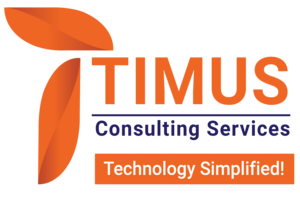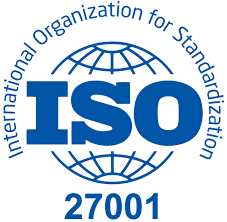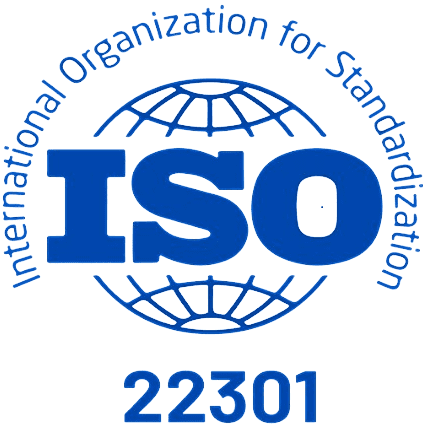In today’s technology-driven world, data is often considered the most valuable resource. Organizations rely on digital systems to support operations, drive growth, and innovate, yet this dependence on technology brings inherent risks. IT risk and cybersecurity are now top priorities for businesses, governments, and individuals. In this blog, we explore the nature of IT risk, discuss the role of cybersecurity, highlight the advantages of strong risk management, and outline best practices for minimizing threats.
1. Understanding IT Risk
IT risk encompasses any potential for loss, damage, or disruption to information systems that could impact an organization. While cybersecurity risks are a component of IT risk, IT risk is a broader category that also includes operational risks, hardware failures, and unintentional data loss.
Common types of IT risk include:
-
Cybersecurity Threats:
Hacking, phishing, ransomware, and data breaches.
-
Operational Risk:
Risks tied to IT infrastructure failures, system downtimes, or inadequate processes.
-
Compliance Risk:
Failure to comply with regulations, potentially resulting in fines or reputational damage.
-
Human Error:
Mistakes by employees that may lead to data leaks, configuration errors, or system misuse.
2. The Role of Cybersecurity in IT Risk Management
Cybersecurity is a crucial part of IT risk management, focusing specifically on safeguarding digital assets against unauthorized access, theft, and damage. By implementing strong cybersecurity measures, organizations can proactively identify and counteract potential threats, from preventing unauthorized access to ensuring data integrity and confidentiality.
Key cybersecurity practices include:
-
Access Control and Identity Management:
Ensuring that only authorized individuals have access to sensitive information.
-
Threat Detection and Response:
Identifying and responding to threats in real-time.
-
Data Encryption and Protection:
Protecting data both in transit and at rest to avoid unauthorized access.
-
Regular Security Audits:
Assessing the current security posture and addressing vulnerabilities.
3. Advantages of Strong IT Risk and Cybersecurity Management
Effective IT risk and cybersecurity practices offer numerous advantages for organizations, including:
Enhanced Data Protection:
With cybersecurity measures in place, organizations can protect sensitive data from breaches and theft. This is critical not only for safeguarding intellectual property but also for maintaining customer trust.
Reduced Downtime and Increased System Resilience:
By identifying and mitigating risks, organizations can minimize the likelihood of system downtimes. This ensures continuity in operations, increases productivity, and reduces the potential financial losses that can result from IT failures.
Regulatory Compliance:
Meeting regulatory standards, such as GDPR or HIPAA, is essential to avoid fines and maintain a positive reputation. Effective risk management ensures that organizations comply with data protection laws, which can also enhance customer trust and loyalty.
Improved Decision-Making and Risk Awareness:
A well-managed risk framework helps organizations identify potential threats early. This empowers leaders with the insights needed to make informed decisions that reduce risk and support the organization’s long-term goals.
Financial Savings:
While implementing cybersecurity measures requires investment, it is more cost-effective to prevent security incidents than to respond to breaches after the fact. Strong cybersecurity and risk management practices save money by reducing the financial impact of potential threats.
4. Best Practices for IT Risk and Cybersecurity Management
To effectively manage IT risk and cybersecurity, organizations should consider the following practices:
-
Conduct Regular Risk Assessments
Understanding the current threat landscape helps in prioritizing the most significant risks.
-
Implement Layered Security
A multi-layered approach, which includes firewalls, encryption, and multi-factor authentication, adds multiple defense mechanisms.
-
Employee Training and Awareness
Cybersecurity is only as strong as the awareness of its users. Regular training helps employees recognize phishing attacks and follow best security practices.
-
Regularly Update and Patch Systems
Unpatched systems are a leading cause of vulnerabilities. Regular updates close security gaps and improve system resilience.
-
Develop an Incident Response Plan
Even with preventive measures, incidents can occur. A well-defined incident response plan allows for a faster and more efficient response.
Conclusion
In a world where cyber threats evolve continuously, understanding and managing IT risk and cybersecurity is essential for any organization. Effective risk management enhances data protection, regulatory compliance, and financial savings, while also improving resilience against unexpected disruptions. By implementing a robust cybersecurity framework and maintaining a proactive stance on risk management, organizations can safeguard their digital assets, protect customer trust, and maintain a competitive edge in today’s digital landscape.
As the digital world continues to grow, investing in IT risk and cybersecurity will not only protect but also empower organizations to thrive securely in a future where technology and innovation go hand in hand.





